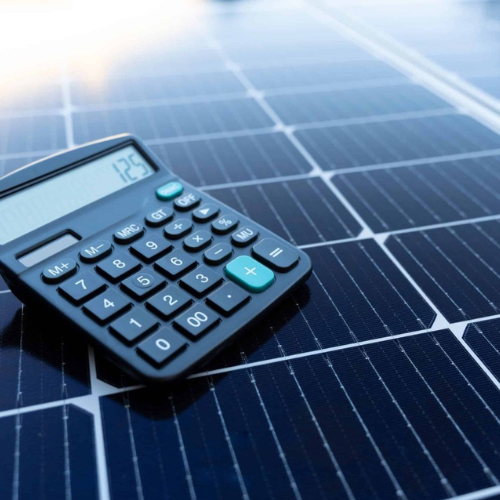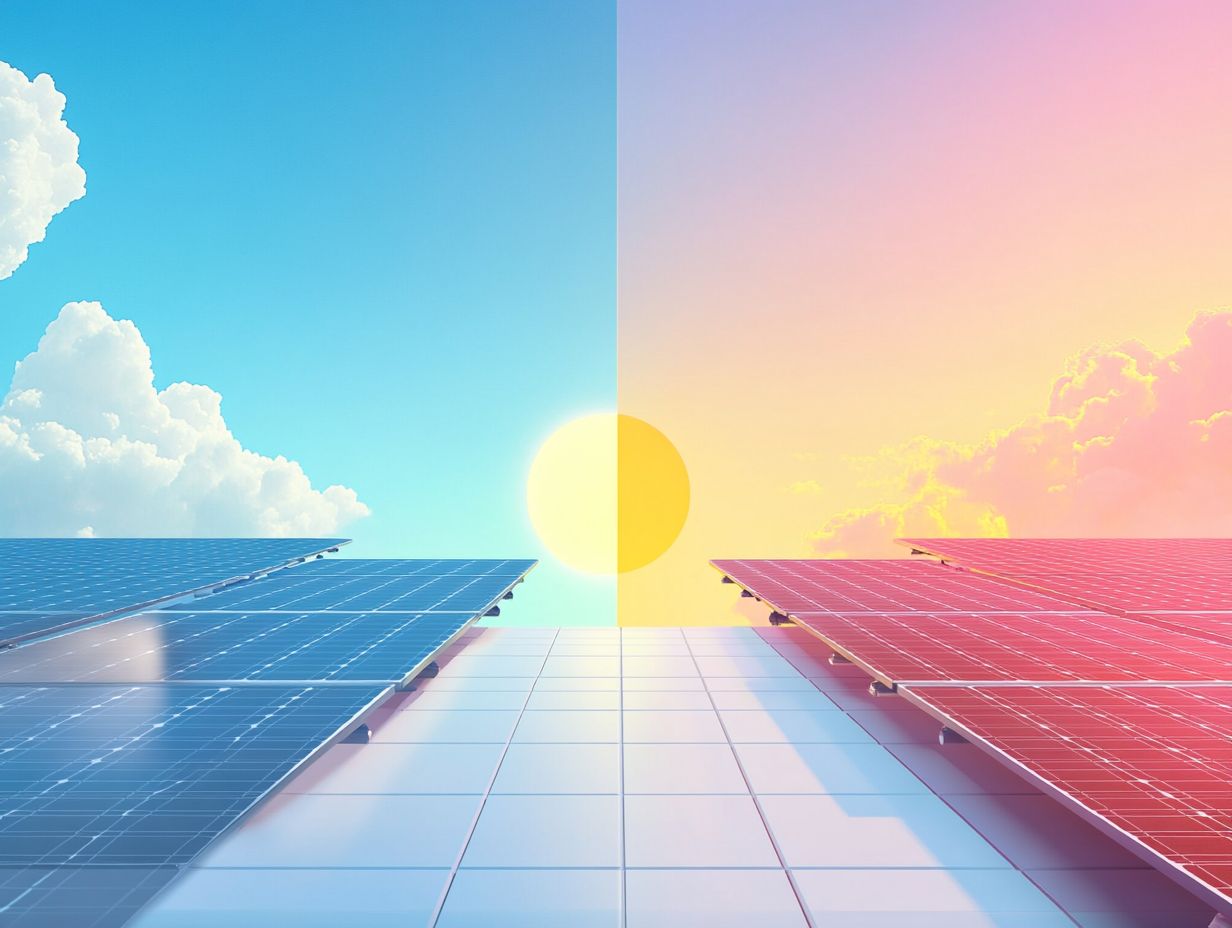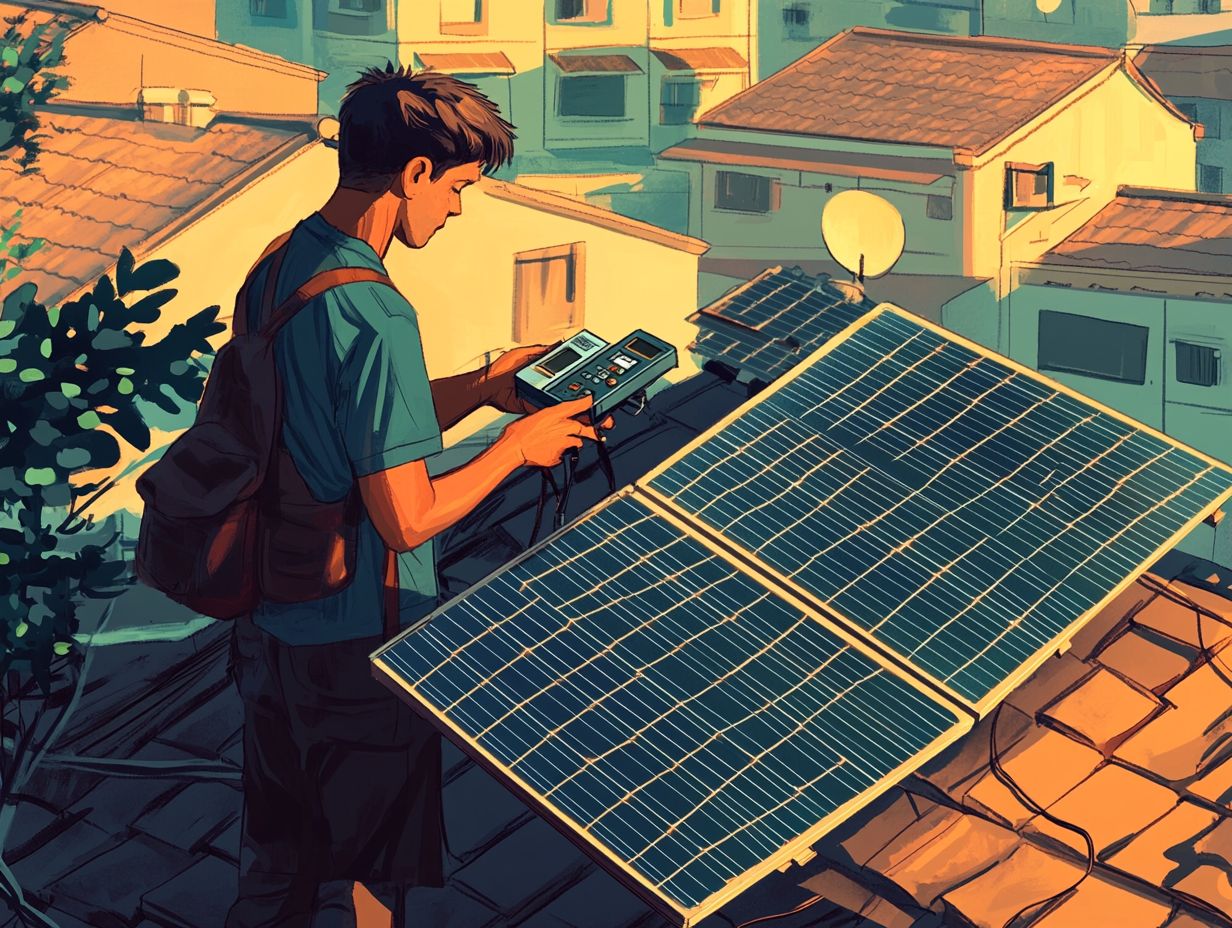Contents
- 1 Calculating Total Voltage and Current
- 2 Optimizing Panel Orientation
- 3 Using MPPT Charge Controllers
- 4 Ensuring Proper Wiring and Connections
- 5 Monitoring and Maintaining System Performance
- 6 Implementing Energy Storage Solutions
- 7 Considering Expansion Options
- 8 FAQs
- 8.1 What does it mean to have 4 solar panels in series-parallel?
- 8.2 What are the benefits of connecting 4 solar panels in series-parallel?
- 8.3 What are the considerations when connecting 4 solar panels in series-parallel?
- 8.4 Can any type of solar panels be connected in series-parallel?
- 8.5 What are the potential drawbacks of connecting 4 solar panels in series-parallel?
When you delve into the world of solar energy systems, one of the fundamental concepts you will encounter is the series-parallel connection. This configuration allows you to combine multiple solar panels in a way that optimizes both voltage and current output. In a series connection, the positive terminal of one panel connects to the negative terminal of another, effectively increasing the total voltage while keeping the current constant.
This is particularly useful when you need to match the voltage requirements of your inverter or battery system. On the other hand, a parallel connection involves connecting all positive terminals together and all negative terminals together, which keeps the voltage constant while increasing the total current. This dual approach enables you to tailor your solar array to meet specific energy needs, whether you require higher voltage for certain applications or increased current for others.
Understanding how to effectively implement series-parallel connections can significantly enhance the efficiency and performance of your solar energy system. Get your free solar assessment at https://www.solarenergy4u.org/free-pro-advice/.
Key Takeaways
- Series-parallel connection allows for combining solar panels to achieve the desired voltage and current output.
- Total voltage in a series-parallel connection is the sum of the voltages of the individual panels, while total current is the same across all panels.
- Optimizing panel orientation involves positioning panels to maximize sunlight exposure and adjusting tilt angles based on location and season.
- MPPT charge controllers maximize energy harvest by continuously adjusting the operating point of the solar array.
- Proper wiring and connections are crucial for safety and efficiency, including using appropriate wire sizes and protection devices.
- Monitoring and maintaining system performance is essential for identifying issues and ensuring optimal operation of the solar power system.
- Energy storage solutions, such as batteries, can be implemented to store excess energy for use during low sunlight periods.
- Considering expansion options during the initial design phase allows for future scalability and adaptability of the solar power system.
Calculating Total Voltage and Current
Once you grasp the concept of series-parallel connections, the next step is to calculate the total voltage and current produced by your solar panel array. This process is crucial for ensuring that your system operates efficiently and meets your energy demands. To calculate total voltage in a series connection, simply add the voltage ratings of each panel together.
For instance, if you have three panels rated at 300 watts and 36 volts each, your total voltage would be 108 volts. In contrast, when dealing with parallel connections, you will need to sum the current ratings while keeping the voltage constant. If each of those three panels produces 8 amps, your total current would be 24 amps.
It’s essential to keep these calculations in mind as they will guide you in selecting the right inverter and battery system for your setup. By accurately determining your system’s voltage and current, you can ensure that all components work harmoniously together, maximizing efficiency and performance.
Optimizing Panel Orientation

Optimizing the orientation of your solar panels is another critical factor that can significantly impact their performance. The angle and direction in which your panels are installed can determine how much sunlight they capture throughout the day. Ideally, solar panels should face true south in the Northern Hemisphere and true north in the Southern Hemisphere to maximize exposure to sunlight.
However, factors such as geographical location, seasonal changes, and local weather patterns can also influence optimal orientation. To further enhance energy capture, consider adjusting the tilt angle of your panels based on seasonal variations. In winter months, a steeper angle may be more effective in capturing low-angle sunlight, while a shallower angle may be beneficial during summer when the sun is higher in the sky.
By taking the time to optimize panel orientation, you can significantly increase energy production, ensuring that your solar system operates at its peak efficiency throughout the year.
Using MPPT Charge Controllers
| MPPT Charge Controllers | Benefits | Efficiency |
|---|---|---|
| Maximum Power Point Tracking | Increased energy harvest | Up to 99% |
| Optimal battery charging | Extended battery life | Improved charging |
| Adaptability to varying weather conditions | Enhanced performance | Optimized power output |
Incorporating Maximum Power Point Tracking (MPPT) charge controllers into your solar energy system can lead to substantial improvements in efficiency and energy yield. MPPT technology allows your system to continuously adjust its operating point to extract the maximum available power from your solar panels, regardless of changing environmental conditions such as temperature and sunlight intensity. This means that even on cloudy days or during early morning and late afternoon hours, your system can still optimize energy production.
By using an MPPT charge controller, you can also benefit from increased charging efficiency for your batteries. Traditional charge controllers may waste a significant amount of energy during the charging process, but MPPT controllers minimize this loss by ensuring that batteries receive power at their optimal charging voltage. This not only enhances overall system performance but also extends battery life, making it a worthwhile investment for anyone serious about maximizing their solar energy output.
Ensuring Proper Wiring and Connections
Proper wiring and connections are vital components of any solar energy system. The quality of your wiring can directly affect the efficiency and safety of your setup. When installing your solar panels, it’s essential to use appropriately rated cables that can handle the voltage and current produced by your array.
Using undersized wires can lead to overheating and energy loss due to resistance, ultimately diminishing your system’s performance. Additionally, ensuring secure connections between components is crucial for preventing issues such as voltage drops or short circuits. Regularly inspecting your wiring for signs of wear or damage can help you catch potential problems before they escalate into costly repairs or safety hazards.
By prioritizing proper wiring and connections, you can create a reliable solar energy system that operates efficiently and safely for years to come.
Monitoring and Maintaining System Performance

Real-Time Monitoring for Optimal Performance
Many modern solar systems come equipped with monitoring software that allows you to track performance in real-time, providing valuable insights into how well your system is functioning.
Proactive Maintenance for a Smooth Operation
Maintenance tasks should include cleaning solar panels to remove dirt and debris that can obstruct sunlight, inspecting wiring for damage or corrosion, and checking battery levels if applicable. By staying proactive with maintenance, you can prevent minor issues from developing into major problems that could disrupt your energy supply.
Maximizing Efficiency and Lifespan
A well-maintained solar energy system not only maximizes efficiency but also extends its lifespan, ensuring that you continue to benefit from renewable energy for many years.
Implementing Energy Storage Solutions
Energy storage solutions play a crucial role in maximizing the benefits of your solar energy system. By incorporating batteries into your setup, you can store excess energy generated during sunny days for use during periods of low sunlight or high demand. This capability not only enhances your energy independence but also allows you to take advantage of time-of-use electricity rates by using stored energy during peak pricing periods.
When selecting an energy storage solution, consider factors such as capacity, discharge rates, and compatibility with your existing system. Lithium-ion batteries are popular choices due to their high efficiency and longer lifespan compared to traditional lead-acid batteries. However, they may come at a higher initial cost.
Weighing these options carefully will help you choose a storage solution that aligns with your energy needs and budget while maximizing the overall effectiveness of your solar energy system.
Considering Expansion Options
As your energy needs evolve or as technology advances, considering expansion options for your solar energy system can be a wise decision. Whether you’re looking to add more panels to increase capacity or upgrade components for improved efficiency, planning for future expansion can save you time and money down the line. Before making any changes, assess your current setup to determine what modifications would best suit your needs.
When expanding your system, ensure that all new components are compatible with existing ones to avoid potential issues with performance or safety. Additionally, consider how changes might affect your overall energy production and storage capabilities. By taking a strategic approach to expansion, you can create a flexible solar energy system that adapts to your changing requirements while continuing to provide reliable renewable energy for years to come.
If you are considering installing 4 solar panels in series-parallel, you may also be interested in reading the article “Save Big with Solar Energy”. This article provides tips on how to maximize the cost-saving benefits of solar energy for your home. By understanding how to efficiently use solar power, you can save money in the long run and make the most of your investment in renewable energy.
FAQs
What does it mean to have 4 solar panels in series-parallel?
Having 4 solar panels in series-parallel means that the panels are connected in both series and parallel configurations. This allows for increased voltage (from the series connection) and increased current (from the parallel connection), resulting in higher overall power output.
What are the benefits of connecting 4 solar panels in series-parallel?
Connecting 4 solar panels in series-parallel can result in higher overall power output, increased system voltage, and improved efficiency. This configuration also allows for more flexibility in designing a solar power system to meet specific energy needs.
What are the considerations when connecting 4 solar panels in series-parallel?
When connecting 4 solar panels in series-parallel, it is important to consider the voltage and current ratings of the panels, as well as the overall system voltage and current requirements. Proper wiring and protection devices should also be used to ensure safety and optimal performance.
Can any type of solar panels be connected in series-parallel?
In general, solar panels with similar voltage and current ratings can be connected in series-parallel. However, it is important to consult the manufacturer’s specifications and guidelines to ensure compatibility and safe operation.
What are the potential drawbacks of connecting 4 solar panels in series-parallel?
One potential drawback of connecting 4 solar panels in series-parallel is the increased complexity of the wiring and connections. Additionally, shading or mismatched panels can affect the overall performance of the system, so careful planning and installation are necessary.








